Image
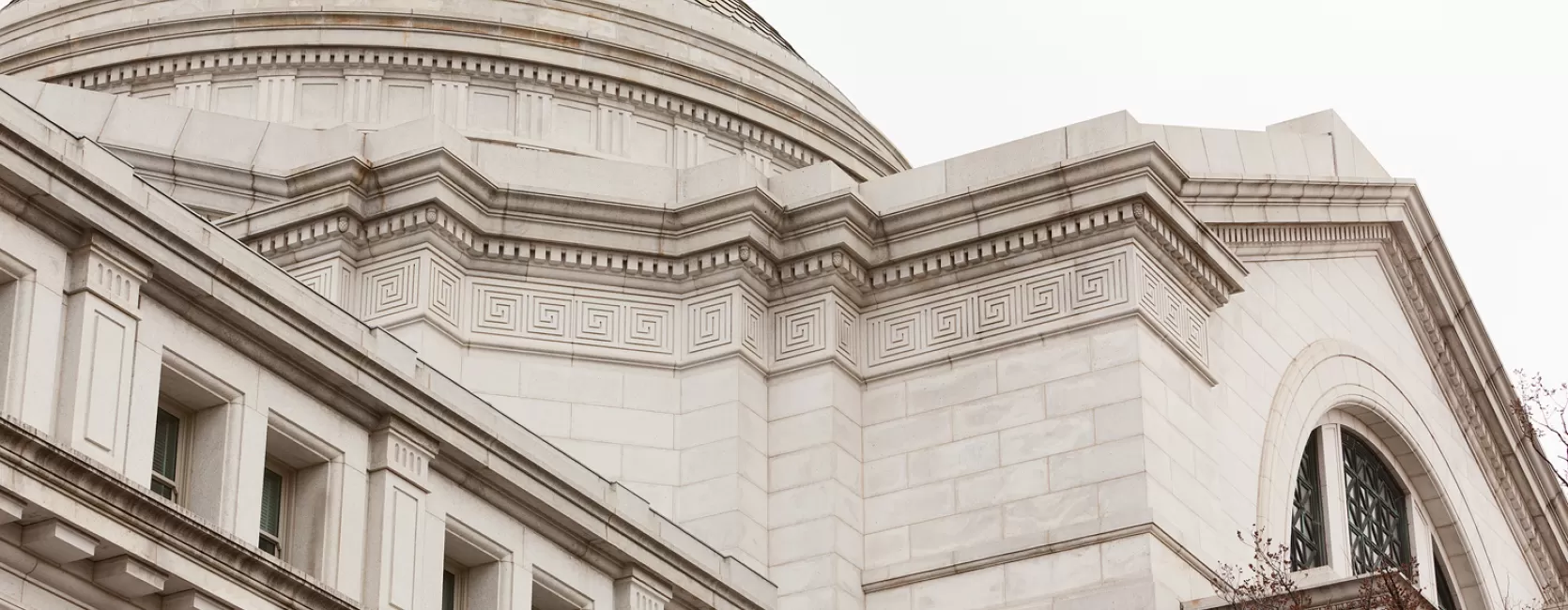

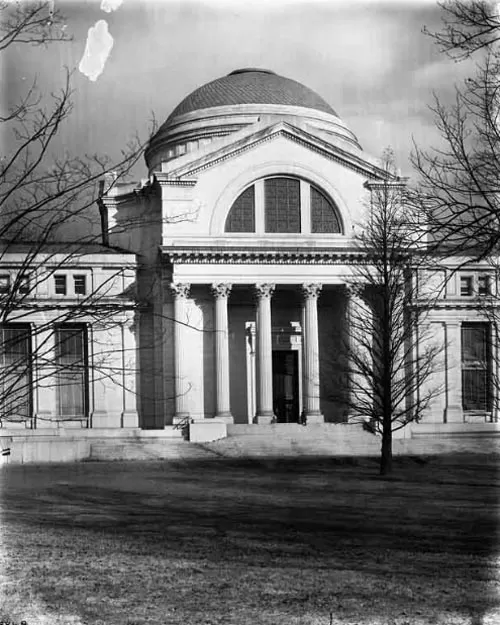
When the “new” U.S. National Museum building, now known as the National Museum of Natural History (NMNH), opened its doors on March 17, 1910, it housed art, culture, history, and natural history collections. At the time the Smithsonian was founded in 1846, its legislation provided for the National Museum. Spencer F. Baird, the first Curator of the National Museum and second Secretary of the Smithsonian, oversaw the development of the Smithsonian as the national museum of the United States. The Museum’s early collections included the artifacts and specimens from the United States Exploring Expedition, 1838-1842, and the collections from the great surveys of the American West in the 1850s, 1860s and 1870s. The collections were originally housed in the Smithsonian Institution Building or “Castle.” In 1881, they were moved to the first U.S. National Museum building, now known as the Arts and Industries Building. By 1882, however, Museum Director G. Brown Goode was already pleading for more space, and the Smithsonian Board of Regents resolved to expand the overcrowded Smithsonian facilities with a third building.
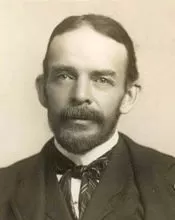
On January 30, 1903, the U.S. Congress appropriated funds to the Smithsonian Institution for a new museum, based upon an initial study by William Henry Holmes, Curator of Anthropology at the National Museum. The local architectural firm Hornblower and Marshall was selected to design the building, and ground was broken for the new building on June 15, 1904.
In 1905, during the construction of the building, Smithsonian Secretary Samuel P. Langley halted the work to alter the Hornblower and Marshall design of the central domed rotunda. The Smithsonian was unhappy with the architects’ ornate French baroque design for the entrance. They wanted something simpler and more sober. Charles Follen McKim, of the famed architectural firm McKim, Mead, and White, was quietly brought in to develop a new solution. McKim had been serving as an architect member advising the Senate Park Commission—which was then engaged in restoring Victorian, red-brick Washington to the monumental, white neoclassical city envisioned by the founding planners. McKim developed a new Roman profile for the dome and central pavilion, and simplified other elements of the exterior as well. After these modifications, construction of the Museum proceeded.
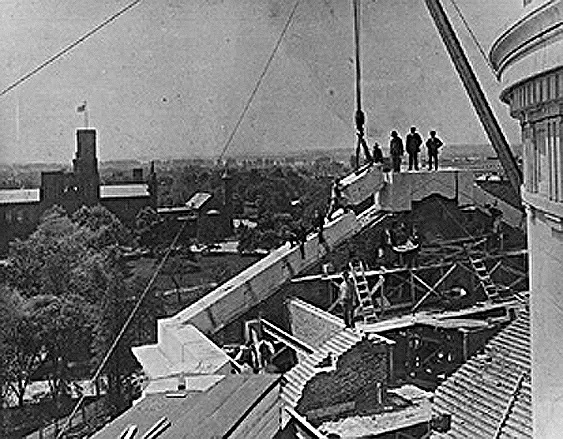
By August 11, 1909, the staff had begun to occupy the building and move the national collections which now totaled c. 10 million objects, using a horse-drawn cart. On March 17, 1910, the Museum opened to the public, although construction of the building was not completed until June 20, 1911. The final building included an octagonal rotunda with Doric columns on the first floor and Ionic columns on the second and third floors. Above the three floors were semi-circular clerestory windows and a Guastavino tiled dome with an oculus. Three wings extended north, east and west from the rotunda, providing office space for museum staff and exhibition space for the permanent collection. An exterior pedimented portico faced the National Mall directly south of the rotunda with fluted Corinthian columns and pilasters.
During World War I, the Bureau of War Risk Insurance occupied the building from 1917 to 1919, and the building was closed to the public. Expansion of the original building was authorized on June 19, 1930, but funds were not appropriated by the U.S. Congress until May 13, 1960. The architectural firm Mills, Petticord and Mills was selected to design the east wing and the following year a west wing. By 1965, construction of both additions was completed. The wings were designed with six floors in addition to the basement and ground floor, with the second, fourth and sixth floors directly connected to the main building.
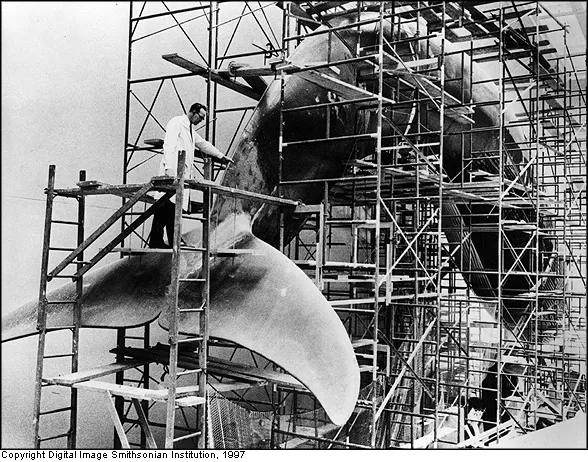
In 1957, the U.S. National Museum created two administrative subdivisions: the Museum of Natural History (MNH) and the Museum of History and Technology. The history collections were moved to a new building that opened in January of 1964 and is now known as the National Museum of American History. The art and portrait collections were moved to the new American Art and Portrait Galleries that opened in 1968. The U.S. National Museum was eliminated as an administrative entity in 1967, and MNH became a separate administrative unit. On March 24, 1969, the Museum was renamed the National Museum of Natural History to reflect its focus on the anthropology and natural history collections.
By the 1980s, the Museum was again running out of space for its growing collections and in 1983, the Museum Support Center opened in Suitland, Maryland, to store collections and provide laboratories for conservation and research. Today, the National Museum of Natural History cares for some 126.5 million artifacts and specimens both in the Museum on the Mall and at the Museum Support Center.